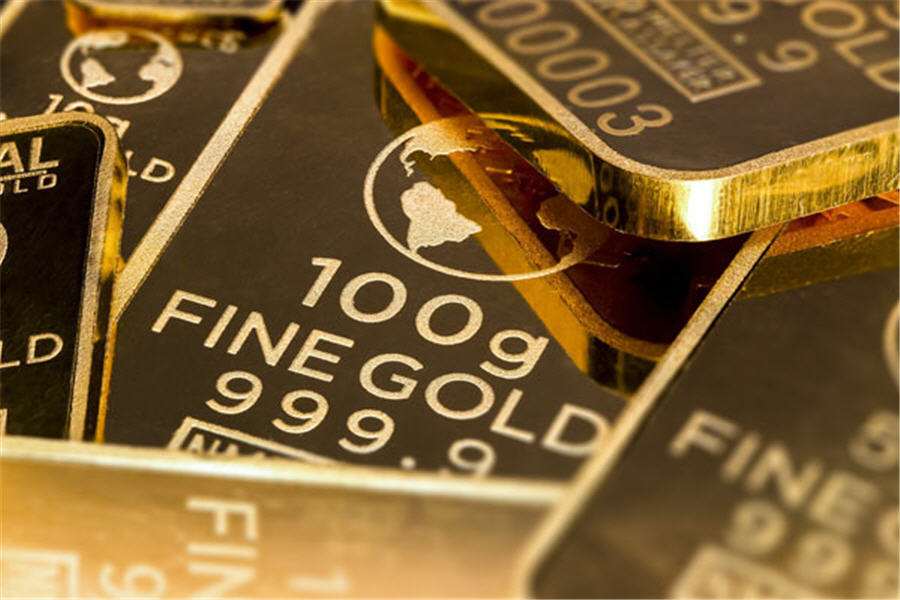
One of the world’s largest gold-backed exchange traded funds (ETFs), run by asset manager Invesco, has cut the fee it charges investors to compete better with lower cost funds that are increasing their share of the market.
Investors have rushed to buy gold this year in the hope it will maintain its value through the coronavirus crisis. Prices are up around 30% this year to record highs around $2,000 an ounce, and ETFs storing gold bars have boomed.
Higher gold prices means funds can lower fees without losing money
More than 100 funds around the world between them added almost 900 tonnes of gold worth $60 billion to their stockpiles in the year to July 31, according to the World Gold Council.
Low-fee funds have grown the fastest.
Five of the funds that hold more than $1 billion worth of gold (around 15 tonnes) expanded by more than 50% in the first seven months of 2020. All charge less than 0.2% of the value of an investment per year.
Invesco said this week it would reduce the fee on its fund, which trades in London, to 0.15% from 0.19%, having already reduced it from 0.24% in February.
The move comes after a competitor, Blackrock’s London-listed iShares fund, cut its fee to 0.15% from 0.25% at the start of 2020.
The iShares fund grew 65% to 237 tonnes in the year to July 31 while Invesco’s expanded 46% to 213 tonnes.
“There is clearly strong price competition in this space and the strong growth in assets that we have seen has enabled us to pass through the benefits of scale to our investors,” said Chris Mellor, an executive at Invesco.
Higher gold prices means funds can lower fees without losing money.
While lower-fee ETFs are growing fastest, the largest funds are still adding more gold in absolute terms.
SPDR Gold Shares, with a fee of 0.4%, swelled its stockpile by 39% to 1,242 tonnes in the year to July 31. It says that while its fee is higher, its size makes it cheaper and more efficient to trade.
(By Peter Hobson; Editing by Pratima Desai and Elaine Hardcastle)
Comments